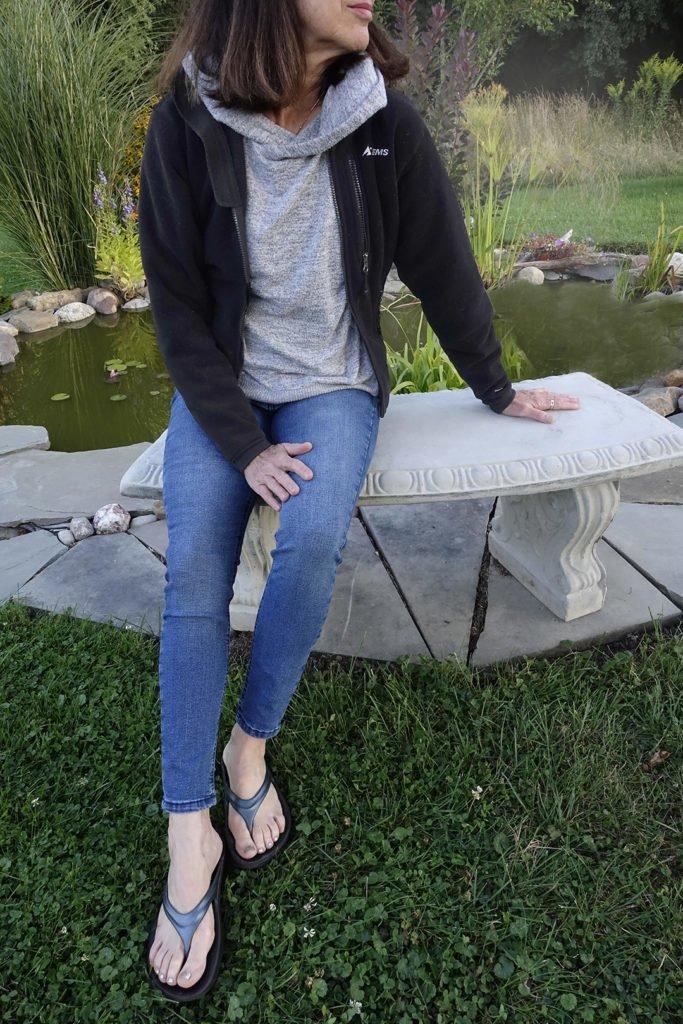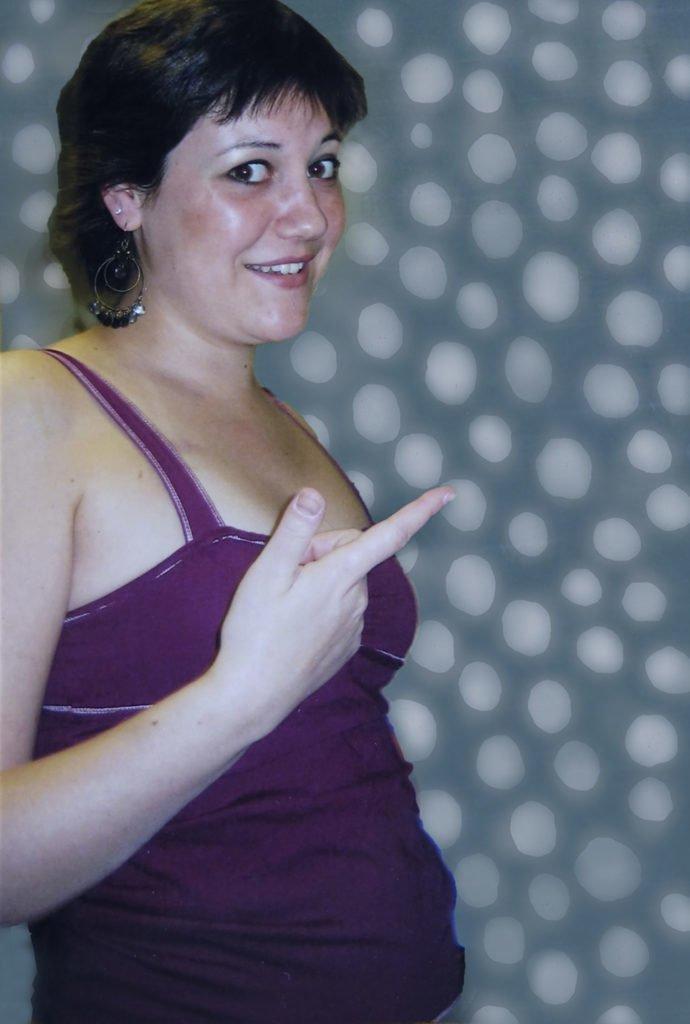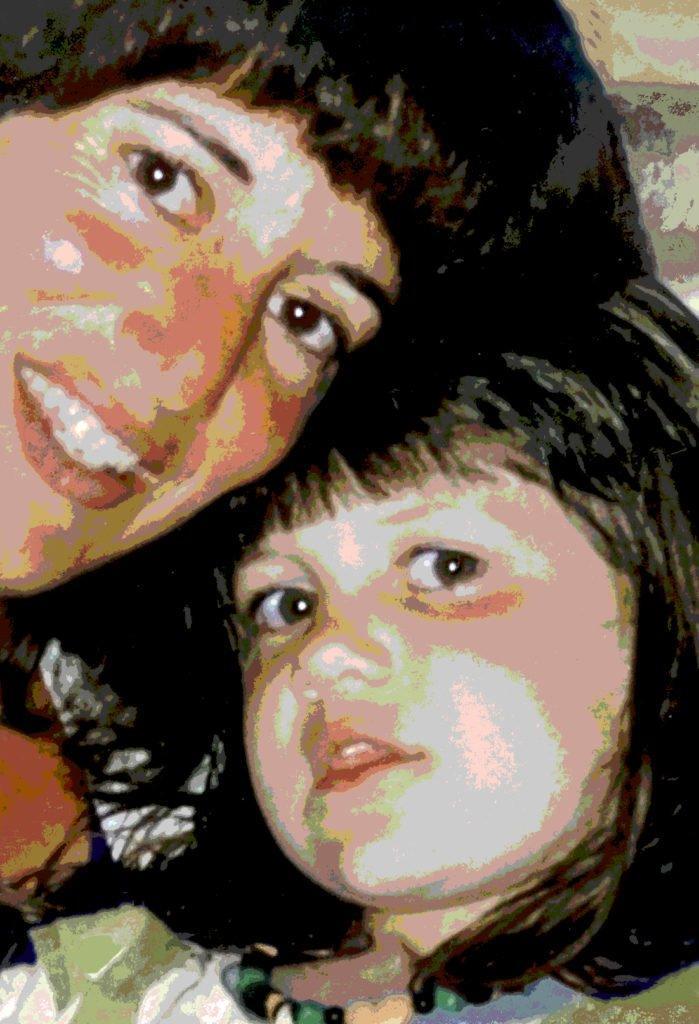 On the morning I was struggling with being daughter-less for the back-to-school shopping season, a good friend phoned me stymied about how to survive the wedding of her deceased child’s best friend. How did you do it, she asked, reminding me of my similar wedding experience last summer. How do you go on living, she asked as well.
On the morning I was struggling with being daughter-less for the back-to-school shopping season, a good friend phoned me stymied about how to survive the wedding of her deceased child’s best friend. How did you do it, she asked, reminding me of my similar wedding experience last summer. How do you go on living, she asked as well.
We talked for a while. And then I thought of little else the whole rest of the day, trying to come up with an honest answer to share with people who tell me there’s nothing left to live for.
For me, this thing called living falls somewhere between just-surviving and almost-thriving, depending if you ask me on a good day or a bad day. Living is so much more do-able if I’m doing it for someone else. It is no longer about me, or my happiness. I need to feel needed. I live in the hope of being helpful, supportive, especially to others whose lives have been shredded by loss.
Mostly, however, I keep going on for my daughter, Marika, who died. I keep going because she can’t. And I’m probably the only one saving a seat for her on this planet.
Like her friend’s wedding last year: Marika would have gone cheering, dancing, drinking and partying up a fireball. My attending the event was the only way some small part of her could be there. So I went—For Her. And whenever I’m at a party or a shimmering blue ocean, under a star-riddled sky, before a great wine or a sheet of un-popped bubble-wrap … I’m thinking of Marika. I talk to her. I consume every magnificent thing like she would have. For Her, I drag myself out of the house to partake of the world’s offerings. All the things she loved or would have loved, I will find and love for her. Continuing bonds. That’s the way I keep going.
The September shopping spree is an old end-of-summer ritual. At TJMax, hangers shuffled in the dressing room next to mine, and I imagined Marika there rummaging through dozens of jeans. She always walked out of a store wearing her new clothes, making sure she had someplace to go in them. Marika, how do you wear jeans this tight, I wondered as I wriggled into and zipped up the new jegging jeans that would take us to a campfire by a pond that evening, and onward into the next season.
How do you go on living?




